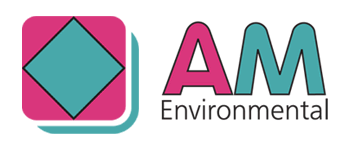In 2016 glass was declared a “permanent material”. The European Container Glass Federation (FEVE) commissioned a study, which was undertaken by the Italian Research Institute OEStazione Sperimentale del Vetro. The study confirmed that once glass has been made, retrieved and then processed after use, it becomes a primary raw material without the loss of any of its inherent properties.
Glass is 100% recyclable. Reusing glass reduces the use of other virgin raw materials. Less energy is used to melt and reform recycled glass than to melt down raw materials and start from scratch. It avoids having to quarry more raw materials, thus reducing negative environmental impact through machining, transport and pollution.
In spite of consumers using the UK’s 50,000 bottle banks, 28 billion bottles and jars still end up in landfill every year according to Recycling Bins UK statistics. This wastes opportunities to reclaim usable glass for purposes such as making more glass bottles, glass aggregate and drainage material for landfills or a by-product for the construction industry.
For the bottles that are available to go through the recycling process, contamination prevents reclamation of some of it. Reuse of glass requires the recyclable material to be clean and free of impurities such as paper labels, metals and plastics. There is a water pre-treatment technology that can remove such contaminants and also ensure physical and chemical cleanliness of the products allowing for maximum recovery and reuse for a variety of purposes.
By thoroughly cleaning used glass, back to its purest form, it becomes a hugely valuable, recoverable resource in perpetuity.
From an Article in CIWM Journal, September 2018, written by Adrian Convery, Business Development Manager for CDEnviro.

